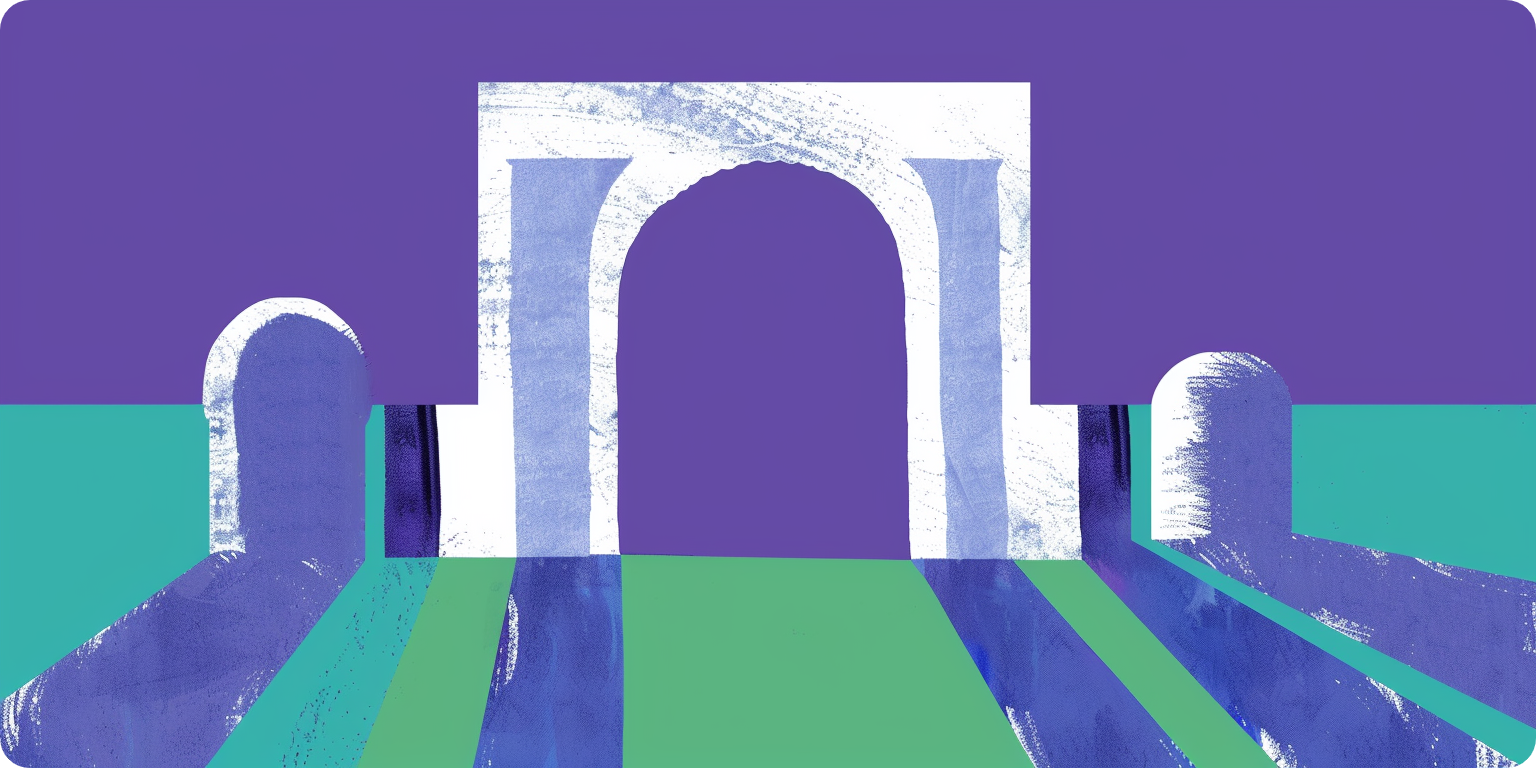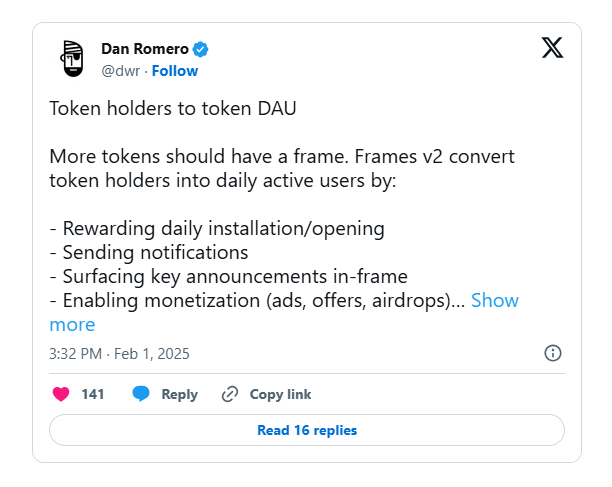An Intro to Farcaster Mini Apps

Farcaster is one of the Ethereum ecosystem's premier social networks. But it's also becoming a new kind of open app store, thanks to its new Mini Apps tech.
The Farcaster team first released Frames in January 2024. The infra, built on the Open Graph protocol, allowed users to turn any post into a mini-app for dynamic, in-feed interactions—deposit, mint, pay, play, etc.
That said, Frames supercharged engagement on Farcaster last year, and the recent arrival of the v2 system—now called Mini Apps—bodes well for activity here in 2025. So what's changed under the hood?
Frames v2 is a major upgrade from v1
— Dan Romero (@dwr) December 21, 2024
From static images to arcade games with fast, reliable support for Ethereum transactions on mobile.
Check out this demo of Farcade pic.twitter.com/5Wgi4rUmYt
The thing about the v1 stack was it had core limitations. v1 Frames were image-based and sluggish, only basic interactions were possible, and people couldn't return to the state of previously used Frames after leaving.
As such, the new Mini Apps system solves these issues by letting developers release full web apps that are persistently accessible and capable of triggering onchain transactions, leading to more complex possibilities.
Indeed, Mini Apps now open in an in-app browser inside Farcaster posts. Compact previews appear in the feed, which users tap to expand. Accordingly, devs can build any web-based experience here using standard browser tech.
For example, Pods has a great Mini App for onchain podcasts. As you can see in the screenshot below, clicking on their podcast app pops out a browser where you can watch the podcast episode, collect the video as an NFT, and claim referral rewards.

Additionally, Mini Apps now include direct Ethereum wallet connectivity, so no more manually connecting your wallet like with v1 Frames. This approach allows for quick transactions and slick UX around NFT mints, DeFi deposits, token claims, and more.
Plus, another big evolution is that Mini Apps are now context-aware and persistent. These apps can access user identity, cast origins, and wallet data via Farcaster, and users can save them for later and turn on notifications if they want to return to their progress.
This redesigned architecture paves the way for the richer app scene around the Farcaster ecosystem as projects start to capitalize on new possibilities. DAO voting, crypto games, AI apps—anything can be experimented with here.
For example, Farcaster co-founder Dan Romero recently came up with an idea for a Mini App that token communities could implement in order to convert passive holders into engaged, active supporters.

Long story short, then, Mini Apps are a big level up that positions Farcaster to be a major hub of onchain activity and experimentation in the coming months.
Paying attention and trying these apps could be worth your while, too. More than a few Farcaster users got considerable airdrops last year, so it wouldn't be surprising if Mini Apps amplified this trend in 2025.
If you're keen on diving deeper into this scene, consider checking out the Mini Apps discovery page on Farcaster's Warpcast client. This directory is an easy place to find new opportunities, so keep an eye on it so you can explore existing releases as well as those to come later.

If you're more interested in the builder side of things, be sure to check out the docs. If you can build a web app, Mini Apps are one of the best opportunities in crypto to apply your skills today!